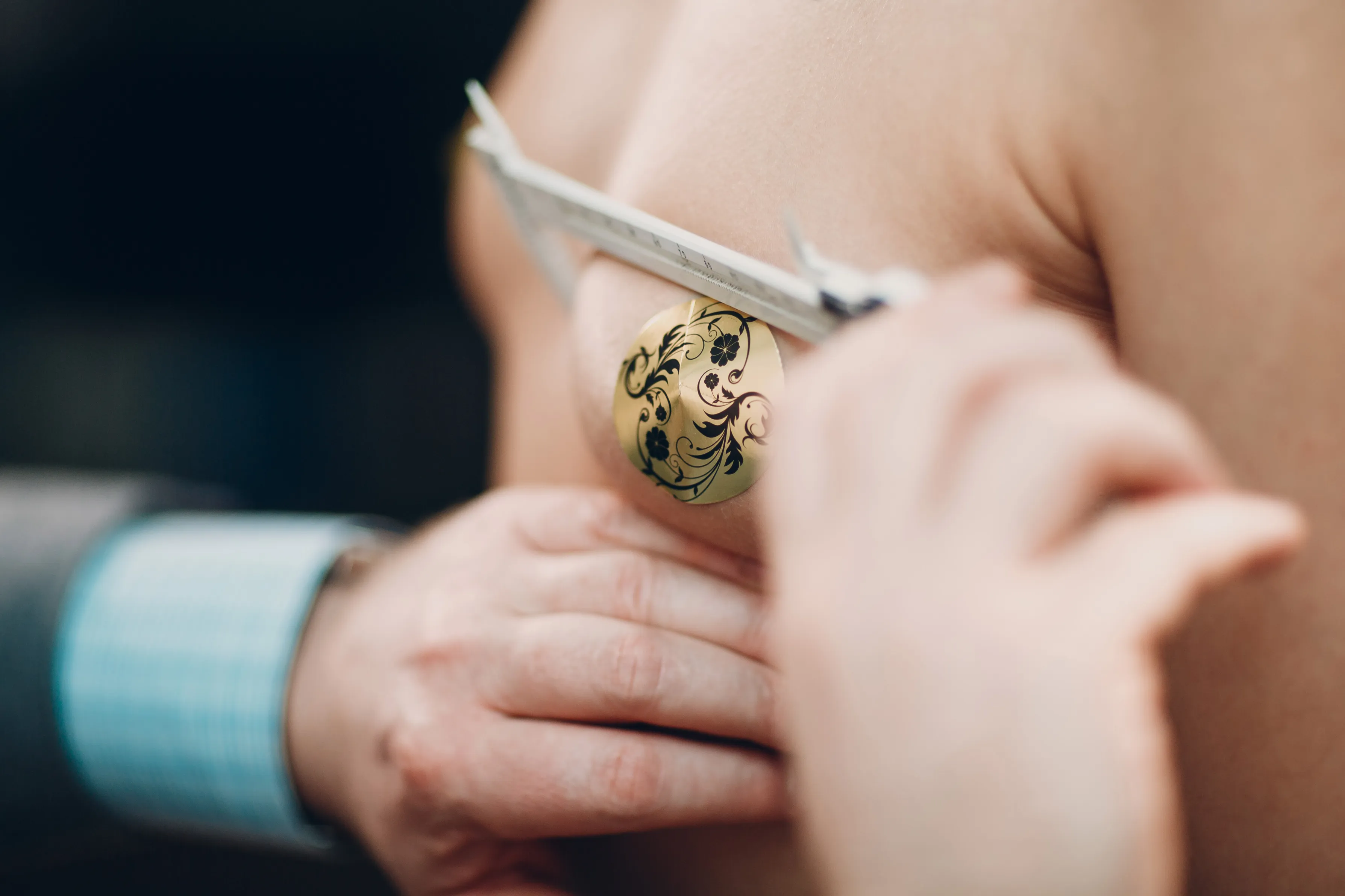Gynecomastia Surgery
Gynecomastia surgery removes excess breast tissue and chest fat in men. This procedure improves their chest contour while helping with many conditions including enlarged, swollen breasts that impede daily activities or cause distress or discomfort.
Gynecomastia surgery typically takes place at an outpatient surgical facility and you should be able to return home the same day.
Cost
Gynecomastia surgery, also known as male breast reduction, is a surgical process designed to eliminate excess fat and glandular tissue in the chest area and achieve a more masculine body contour. Furthermore, this surgery can boost confidence levels while making men feel more secure wearing tight-fitting clothing.
Cosmetic surgeries for gynecomastia typically aren’t covered by medical insurance plans; therefore, consultation with a plastic surgeon specializing in this condition typically occurs prior to any action being taken on behalf of their patient. At that point, an examination and evaluation process is conducted by an expert plastic surgeon to ascertain whether or not a patient qualifies as a candidate for this form of therapy.
Gynecomastia results are intended to be permanent; however, weight gain and certain medications can alter this outcome. Patients considering surgery must first reach a healthy body weight for their height and age before considering it; additionally, skin must have sufficient elasticity so as to accommodate for the new chest shape; patients suffering from severe gynecomastia with drooping breast envelopes may require additional procedures.
Preparation
At your consultation, your plastic surgeon will give you a series of detailed instructions to prepare you for surgery, which could include medication recommendations and how to care for the surgical site post-op as well as what to anticipate during your recovery process.
This procedure is often performed as an outpatient and can be completed using local anesthetic, oral sedation or general anesthesia as per surgical plan.
After surgery, having someone drive you home and stay with you in the first 24 hours following is crucial to ensure a smooth recovery process. Resting and avoiding strenuous activities during this period will allow your body to heal properly while providing relief from any pain or discomfort experienced during the process. Getting enough restful sleep also plays an integral part in this recovery journey.
Procedure
A surgeon will make an incision along the border of each areola, then remove excess nipple tissue and skin that protrudes beyond it. Finally, they’ll reposition both areolas before closing with stitches that may either dissolve on their own or need to be removed later on.
Liposuction techniques may also be employed by your physician to safely eliminate extra fat from chest tissue. For this process, he or she inserts several cannulae through small incisions in your skin and uses these cannulas to loosen any deposits of fatty tissue in this area.
At that point, your surgeon will carefully suction out the loose fat through these incisions under general anesthesia at either a hospital or surgical center. Following surgery, it’s recommended that you wear an elastic pressure garment for about a week afterward to reduce swelling and pain; until your doctor gives the go-ahead to return to strenuous exercise you may also wear an elastic pressure garment to further aid healing and wear an elastic pressure garment to wear around your chest to minimize it – once this swelling subsides you may resume regular chest-strengthening activities that involve strengthening it over time.
Recovery
Gynecomastia surgery is an effective solution to enlarged breast tissue. It helps relieve discomfort and enhance self-image for many men; however, the recovery process takes time and requires patience. Patients must rest for two days post surgery and refrain from any exercise for several days post procedure; showering must also be conducted carefully to protect the incisions.
After two weeks, patients should gradually resume daily activities. Furthermore, they should wear a compression garment to minimize excessive swelling, while heavy lifting or high intensity workouts should be avoided until advised by their doctor.
Patients must carefully follow their surgeon’s instructions and take all prescribed medication as directed. Additionally, they should eat healthily while limiting intake of foods with excessive sodium levels; consume plenty of water to aid healing; some patients may experience some itching in the surgical area after the operation has taken place, though this should subside with time as their bodies recover. Results typically appear within six weeks so until then it’s best to set realistic expectations.
Disclaimer: The content on this blog is intended for general informational purposes only. It is not a substitute for professional medical advice, diagnosis, or treatment. Always consult qualified healthcare providers for personalized advice. Information regarding plastic surgery, dental treatment, hair transplant, and other medical procedures is educational and not a guarantee of results. We do not assume liability for actions taken based on blog content. Medical knowledge evolves; verify information and consult professionals. External links do not imply endorsement. By using this blog, you agree to these terms.





